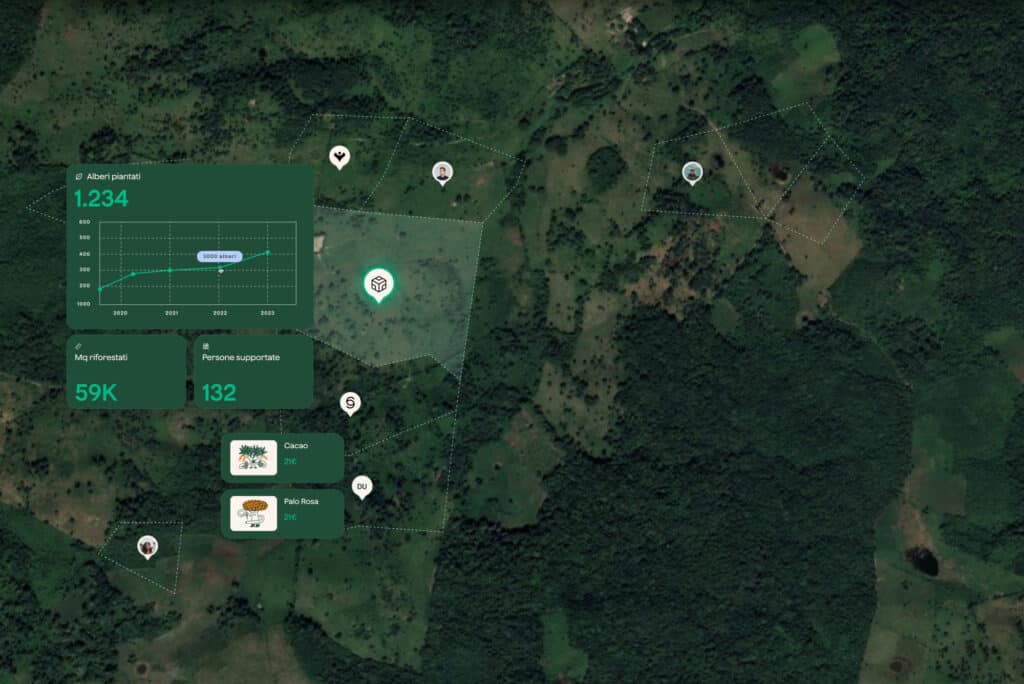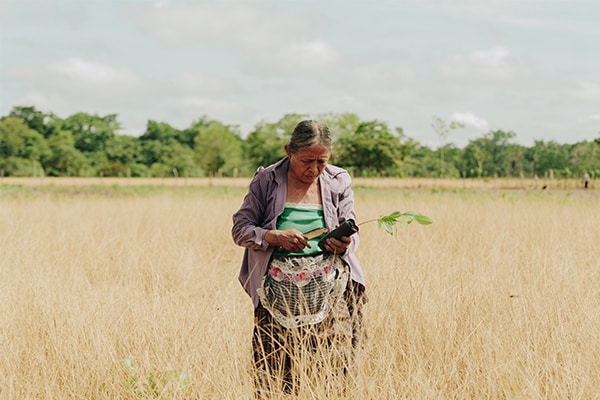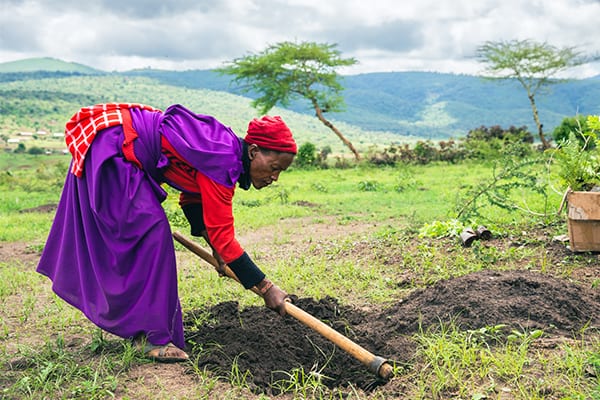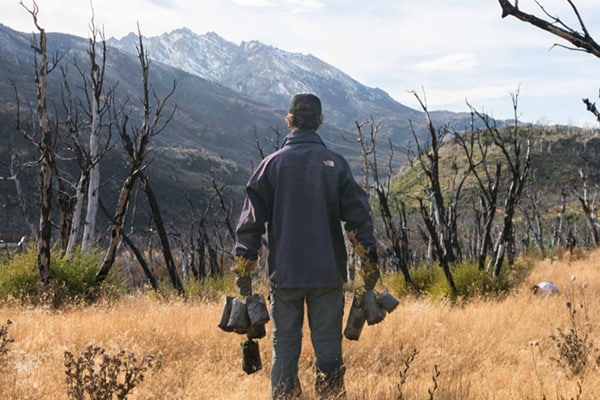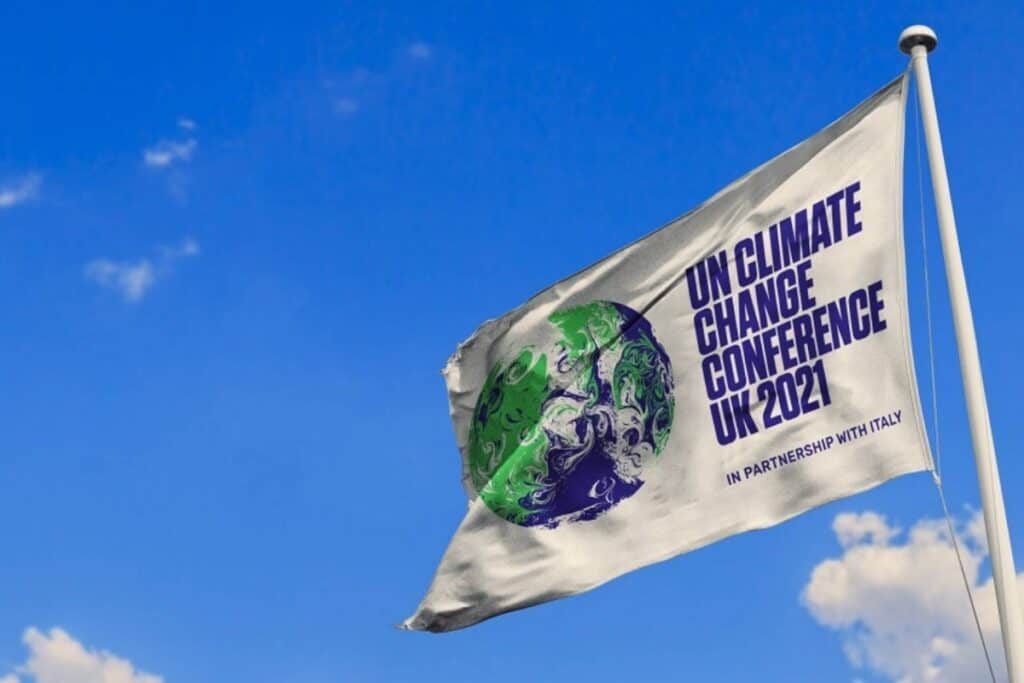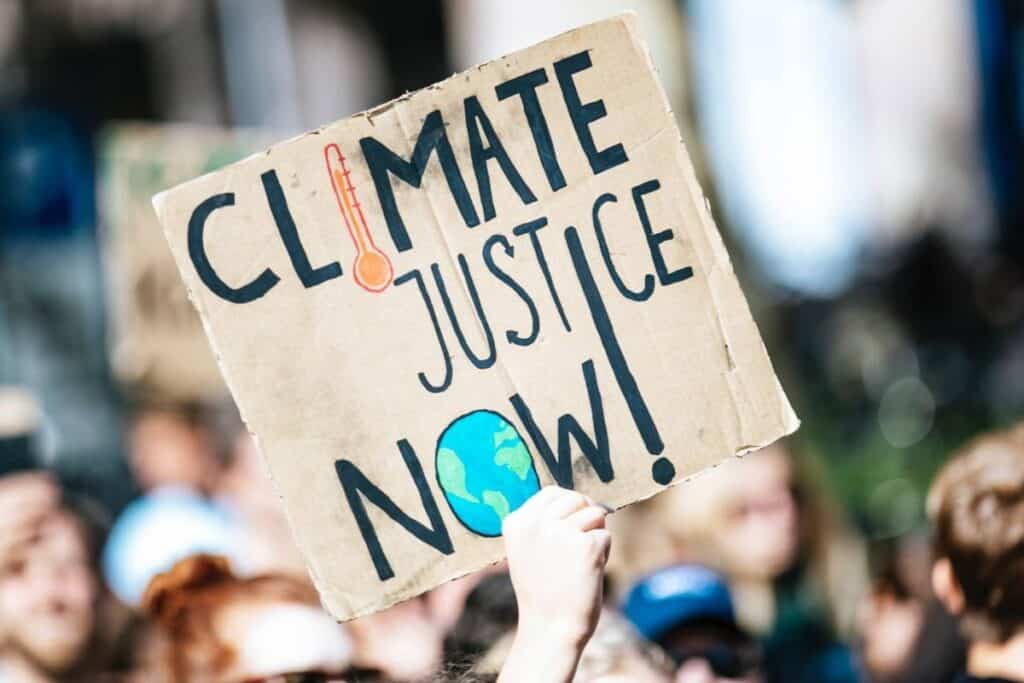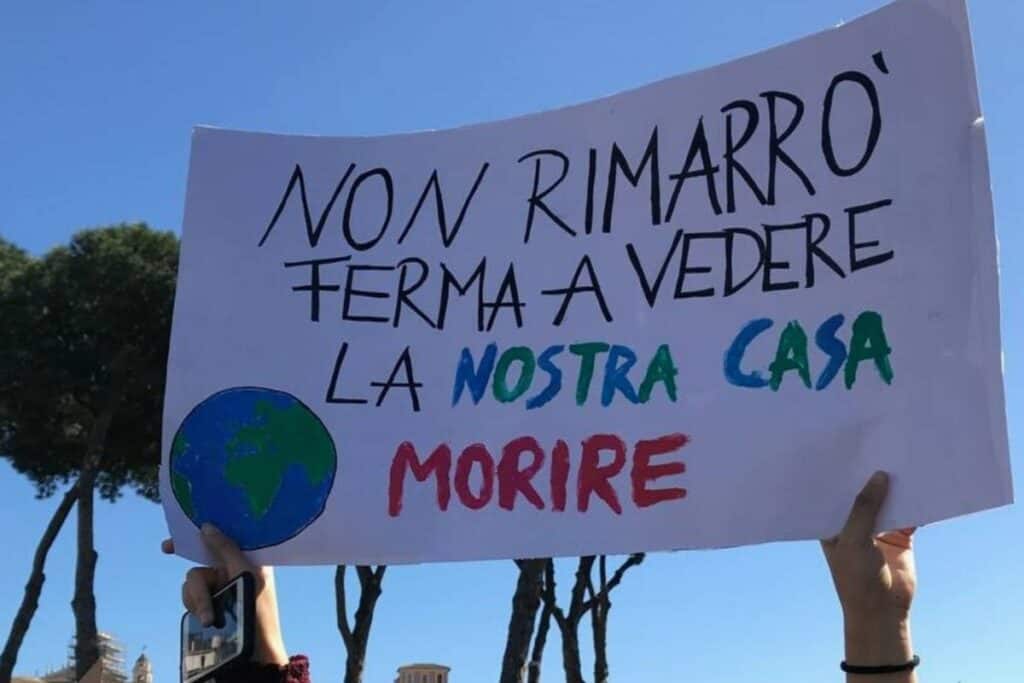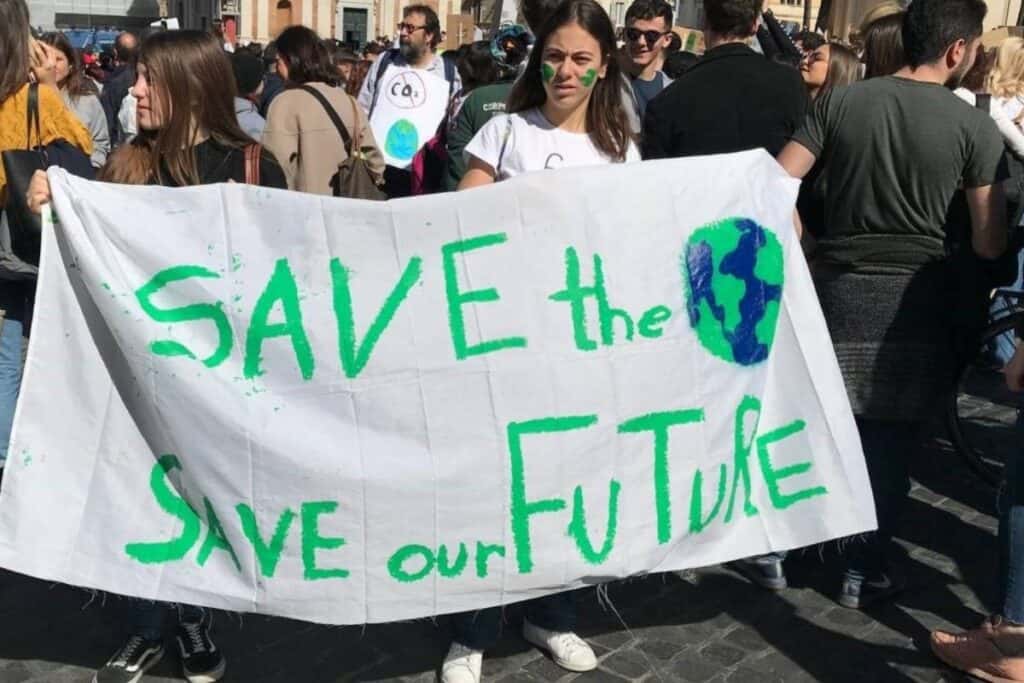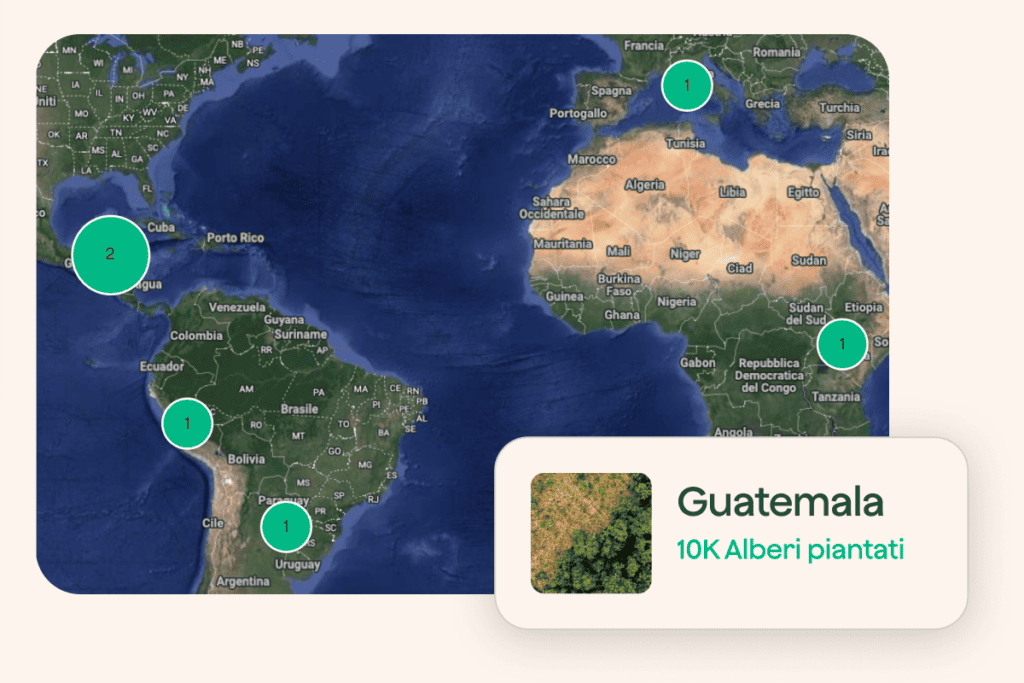COP26 aims to achieve four macro-objectives to be successful. First, secure global net zero emissions by midcentury and stop global temperatures rising more than 1.5ºC by the end of the century. These plans are very ambitious, as countries will have to decisively accelerate the phase-out of coal, encourage investment in renewables and curtail deforestation.
Second, adapt to protect communities and natural habitats. Plans and finance are needed to enable countries to protect and restore ecosystems and make infrastructure and agriculture more resilient in the face of climate change.
Third, mobilise finance. Rich nations – those responsible for the vast majority of emissions causing the climate crisis – have failed to deliver the $100bn a year promised in the Paris agreement to help poorer countries reduce their emissions and protect themselves against the impacts of climate change. The next conference must deliver a significant increase on that $100bn.
Fourth, work together to deliver. At COP26 the Paris Rulebook – the rules needed to implement the Paris Agreement – must be finalised and ambitions turned into action by accelerating collaboration between governments, businesses and civil society to deliver on climate goals faster.

